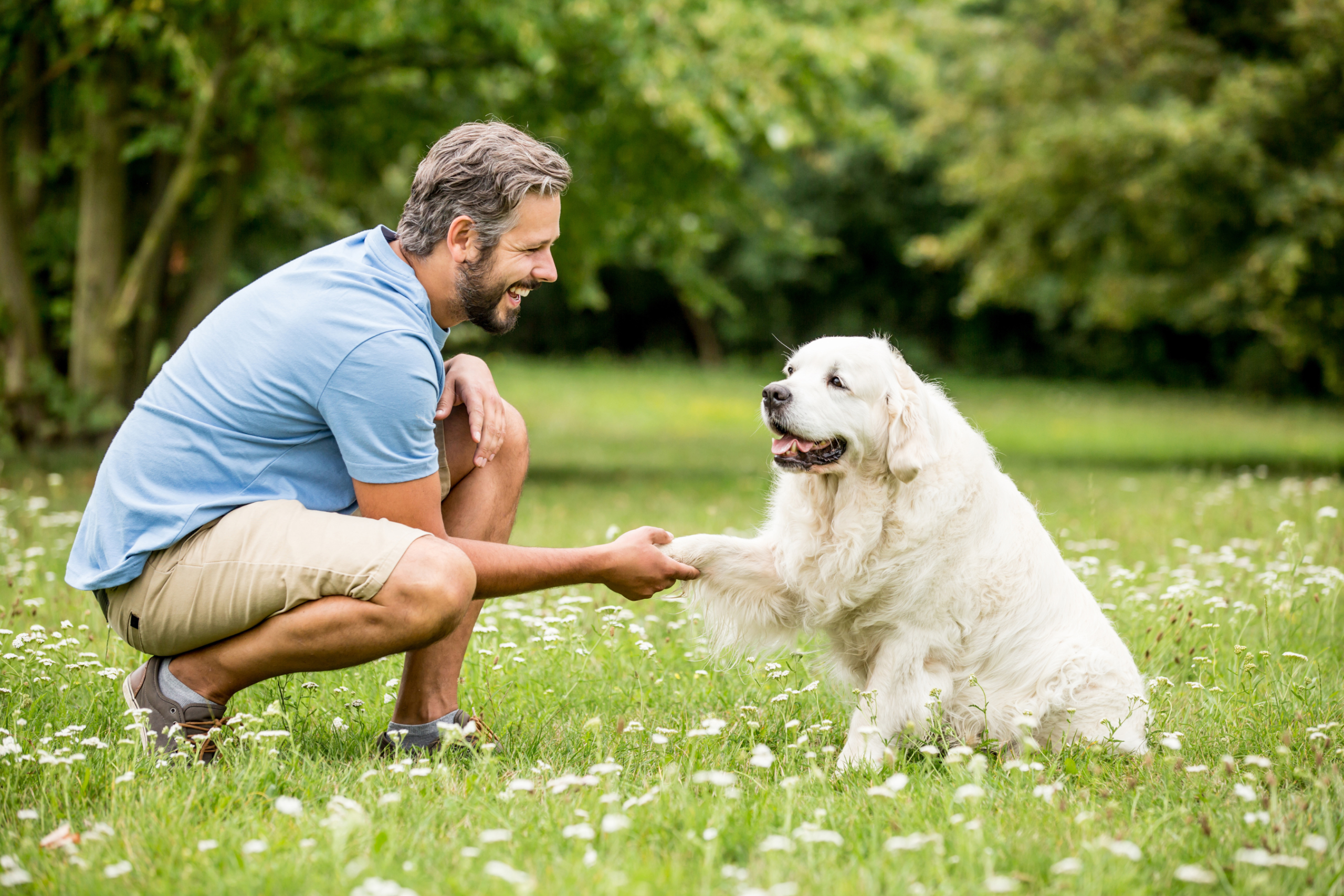Everyone Talks About It — But Few Really Understand It
“Use positive reinforcement!”
“Only use rewards!”
“Just give treats when your dog listens!”
If you’ve spent any time researching dog training, you’ve likely seen these phrases everywhere. Positive reinforcement is one of the most talked-about concepts in the training world — and also one of the most misunderstood.
In this blog, we’ll break down what positive reinforcement really means, how it works, where it fits into balanced training, and why using it correctly can accelerate your dog’s progress — or stall it if misunderstood.
What Is Positive Reinforcement?
In behavioral science, positive reinforcement refers to adding something desirable immediately after a behavior to increase the likelihood that the behavior will happen again.
In simpler terms: your dog does something you like, so you give them a reward (treat, toy, praise, play). That reward tells your dog, “Yes! Do that again!”
It’s called positive (meaning something is added) and reinforcement (because it strengthens behavior).
Examples of Proper Positive Reinforcement
-
Giving a treat the moment your dog sits
-
Praising calmly when your dog looks at you during a walk
-
Tossing a toy after your dog comes when called
-
Allowing sniffing time after structured leash walking
These actions reinforce the behaviors you want to see more of. When timed properly, they help your dog learn faster and more joyfully.
What Positive Reinforcement Isn’t
Positive reinforcement is not:
-
Letting your dog do whatever they want
-
Ignoring dangerous or rude behavior
-
Bribing your dog endlessly
-
Throwing treats when your dog is barking, jumping, or lunging
-
Repeating commands while offering rewards your dog hasn’t earned
These approaches can create confusion, entitlement, or even encourage unwanted behavior.
For example, if your dog is barking at a guest and you offer a treat to quiet them down, you might accidentally reward the barking — making it worse over time.
The Importance of Timing and Clarity
Timing is everything. A reward delivered even a few seconds late can reinforce the wrong behavior.
Good example:
Your dog sits → you give a treat within one second → dog learns sitting = good.
Bad example:
Your dog jumps → you wait, dog sits briefly → you fumble with the treat → dog jumps again → you give treat while they’re still jumping.
Outcome: jumping is reinforced, not sitting.
This is why it’s essential to be precise and deliberate with your praise and rewards. The clearer you are, the faster your dog understands what behavior gets them what they want.
Why Positive Reinforcement Alone Isn’t Always Enough
While it’s a powerful training tool, positive reinforcement has limitations when used in isolation.
Here’s why:
-
It does not tell the dog what not to do
-
It may not stop dangerous, aggressive, or compulsive behavior
-
Some dogs ignore food or toys around distractions
-
It doesn’t create accountability — just reward-seeking
For balanced behavior, dogs must also understand boundaries, corrections, and consequences. This is where balanced training — the use of rewards and fair correction — often comes into play.
Using Positive Reinforcement as Part of a Balanced Program
Positive reinforcement works best when it’s part of a broader structure. That includes:
-
Clear communication
-
Consistent rules and expectations
-
Accountability for ignoring known commands
-
Opportunities to earn freedom, praise, and play
A balanced training plan ensures that rewards have real value, and that dogs learn not just what earns praise, but also what is unacceptable.
Positive Reinforcement: Powerful When Used With Purpose
Used correctly, positive reinforcement builds:
-
Motivation
-
Engagement
-
Trust
-
Faster learning
-
Better generalization of behavior
-
Willing cooperation
But only when paired with structure and timing. It’s not a magic fix — it’s a method. And like any method, it’s most effective when the handler is consistent, clear, and intentional.
Final Thoughts: Train Smart, Not Just Sweet
Positive reinforcement is not just about giving treats — it’s about shaping behavior with precision and purpose. When used thoughtfully and consistently, it becomes a bridge between you and your dog, creating a relationship based on mutual understanding.
But remember — reinforcement without boundaries creates confusion, and rewards without timing can backfire.
The key is balance, structure, and clarity. When those align, your dog doesn’t just listen for treats — they listen because they trust you.
Transform your dog’s behavior with professional training in Toledo!
Off Leash K9 Training in Toledo offers specialized programs focused on achieving off-leash reliability and impeccable manners. From solving reactivity to perfecting recall, we tailor our methods to your dog’s specific needs, guiding you every step of the way. Discover the difference our proven techniques can make. Reach us at (419) 441-4023


